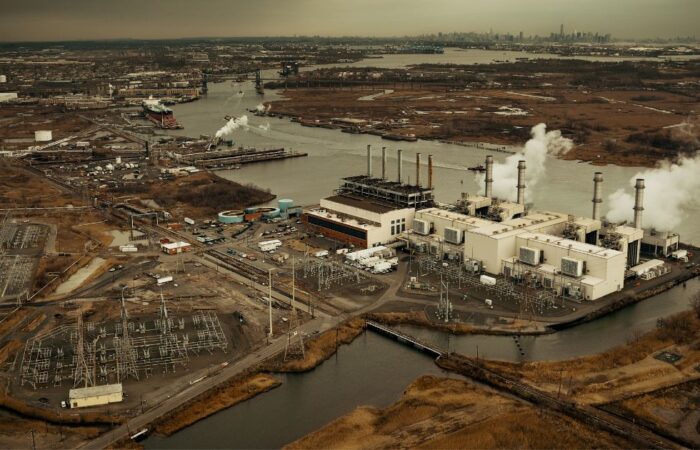Article#: DGC/ART/006
Multi-tenant industrial estates have become a cornerstone of modern industrial development, catering to businesses across diverse sectors. From manufacturing and logistics to technology-driven enterprises, these estates foster collaboration, scalability, and operational efficiency. However, managing the complexities of multiple tenants with unique requirements demands a strategic approach to infrastructure design.
Understanding the Multi-Tenant Industrial Estate Model
Multi-tenant industrial estates are designed to accommodate a range of businesses within a shared space. While this setup offers benefits such as cost efficiency, resource optimization, and integrated supply chain opportunities, it also presents challenges—chief among them being the need for adaptable infrastructure that can meet varied tenant demands.
Key Challenges in Multi-Tenant Industrial Estates:
- Diverse Space Requirements: Different industries require distinct layouts, storage capacities, and workflow efficiencies.
- Logistical Complexity: Coordinating transport, loading docks, and internal movement of goods without disruptions.
- Regulatory Compliance: Adhering to industry-specific regulations, safety protocols, and environmental standards.
- Utility Management: Ensuring adequate power, water, and waste management tailored to each tenant’s operations.
- Technology Integration: Providing smart infrastructure that aligns with automation and digital transformation trends.
The Role of Flexible Infrastructure
Flexible infrastructure is the backbone of a successful multi-tenant industrial estate. By incorporating adaptable frameworks, estates can support a range of businesses while minimizing inefficiencies.
Key Strategies for Flexible Infrastructure Implementation
- Modular Design for Customization
Multi-tenant estates benefit from modular facility designs that allow businesses to tailor their spaces according to operational needs. Flexible partitioning, adaptable storage solutions, and scalable workspaces ensure seamless transitions as tenants expand or restructure. - Shared Resource Optimization
Centralized resources such as energy-efficient utilities, water recycling systems, and communal logistics hubs reduce operational costs while promoting sustainability. Advanced waste management and renewable energy solutions contribute to eco-conscious industrial practices. - Smart Technology Integration
IoT-enabled systems, AI-driven security surveillance, and automated workflow management enhance productivity across multiple tenants. Digital monitoring tools provide real-time insights into space utilization, energy consumption, and equipment performance. - Seamless Transportation & Logistics Infrastructure
Well-planned access points, dedicated loading zones, and interconnected transportation networks prevent bottlenecks while optimizing supply chain dynamics. Integrated warehousing facilities improve distribution efficiency, ensuring smooth operations across varied business models. - Compliance-Ready Infrastructure
Zoning regulations, fire safety measures, and environmental compliance are crucial in a multi-tenant setup. Estates with pre-approved certifications and adaptable compliance frameworks reduce tenant burden while maintaining industry standards.
The Future of Multi-Tenant Industrial Estates
As businesses evolve, the demand for flexible and sustainable infrastructure will continue to rise. Multi-tenant industrial estates must proactively adapt to emerging trends such as green manufacturing, automation-driven logistics, and smart facility management. By investing in scalable, tech-enabled solutions, industrial estates will remain the preferred choice for enterprises seeking dynamic growth opportunities.
Conclusion
Navigating complexities in multi-tenant industrial estates requires a balance between infrastructure adaptability and operational efficiency. With the right strategies, businesses can thrive in shared industrial spaces, benefiting from cost-effective, scalable, and innovation-driven solutions. By prioritizing flexible infrastructure, developers can create resilient estates that meet the evolving needs of diverse industries.






